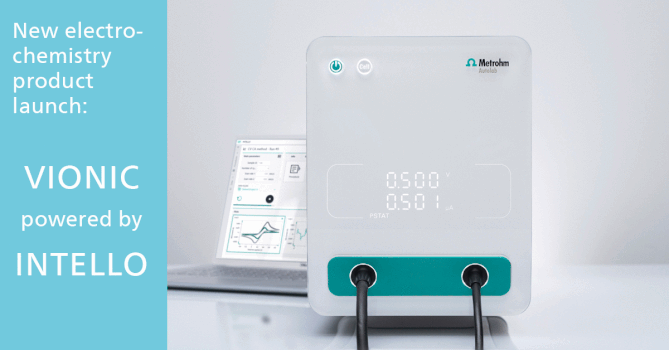Modern Stationary Phases for RP-HPLC
Abstract
Reversed-phase high performance liquid chromatography (RP-HPLC) is one of the most utilized chromatographic methods. Current trends towards more mechanically and chemically stable RP-HPLC stationary phases are discussed in the review. Column dimensions, sorbent particle size and solvent consumption are continuously decreasing. This enables faster and more efficient analyses. Highly pure silica still holds its position as the most frequently utilized starting material for RP preparation. However, hybrid silica-based stationary phases are significantly more stable in alkaline buffers. Also sorbents based on zirconia, alumina and titania seem to be promising. A bright future is envisioned for monolithic media.Downloads
Published
2007-04-15
How to Cite
Sýkora, D., Tesařová, E., Vosmanská, M., & Zvolánková, M. (2007). Modern Stationary Phases for RP-HPLC. Chemické Listy, 101(3). Retrieved from http://ww.w.chemicke-listy.cz/ojs3/index.php/chemicke-listy/article/view/1807
Issue
Section
Articles




